The journey to smart devices, equipment and machines is underway, but how do you implement it? To start, Dan Throne, during Automation Fair in Atlanta, Georgia, pointed out a few of the roadblocks that need to be navigated to create smart machines and equipment.
As the North American regional OEM manager at Rockwell Automation, Throne understands how difficult it is for OEMs to deliver value beyond the machine itself. "OEMs need to address the needs of a large range of customers in a global marketplace where competition is fierce and innovation is raising the bar,” he said. “At the same time, changes in the workforce are causing possible talent shortages, making staffing operations difficult for smart manufacturing. Then you have security risks and machine safety that must be navigated."
If you ask me, smart devices, machines and equipment, in a way, have been around for years. A stand-alone temperature controller, for example, is a smart device. However, tying the physical plant to the virtual world is where the real smarts are happening today, but many manufacturers aren't smart enough to make it happen yet.
Throne talked about a study of 1,000 executives and what they thought about the Internet of Things. "Most of the executives, 84%, believe the IoT is creating new income streams for their companies, and 87% see it generating long-term job growth. Only 7% of the executives have created a comprehensive strategy to get there."
Get smart
It looks like the decision makers are all on board with the benefits of the IoT, but they are struggling to tie it all together. Add smart in front of industry, plants, assets and devices and then tie it all together with Ethernet and that's a lot of smart connections. Perhaps some smart examples along with vendor and OEM support will help.
An example from the smart industry side—the big view—is Wal-Mart predicting demand for produce. The demand prediction feeds its entire supply chain from the fields to transportation and manufacturing. Viewed from the OEM side—the smart machine—it's about production flexibility, such as adjusting capacity or changing product type based on demand. The smart machine side is also about easier-to-integrate equipment with real-time performance information.
It makes smart people by enabling them to view the real-time data, contextualized with analytics, so the information can be used to optimize performance.
A good smart device example, at the smallest scale, is an IO-Link sensor such as a photo eye. A smart photo eye doesn't just give on/off status, it can provide diagnostic data, as well as the intensity of the returned light. With the intensity data contextualized, in a dusty environment and measured over time, it can be predicted when to clean the photo eye before a downtime event occurs. That's a smart device, and it has a memory of the current and historical data stored somewhere and an outside intelligence, to analyze it via an app, for example, is needed.
Above the smart device is the smart equipment, and it is more self-aware and self-correcting. I saw one of the first Rockwell Automation products that is truly self-aware at Automation Fair in November. It is the Kinetix 5700 servo drive, and what makes it self-aware is its tuning capabilities. Its smarts start at commissioning, where the tracking notch filter and load tracker function automatically provide the optimal tune for the servo application. The tuning feature automatically compensates for changing loads during production, as well. The drive is aware of how the application is responding and adapts as needed.
ALSO READ: Is machine learning smart enough to help industry?
Optimization is also happening at the smart-machine or smart-system level. The Integrated Architecture Platform exhibit at Automation Fair had an example of a smart system—the MagneMotion independent cart intelligent conveying system. It is a fire-and-forget system. To move a cart, the control system just needs to provide a destination location. The smart system takes care of the rest using built-in programs to move and accumulate carts and provide traffic-control functions at cart-merging points to prevent collisions. The system also knows and reports where each cart is, so tacking functions are possible. The carts can also be synchronized with a Fanuc robot, allowing picking and placing on the fly. This smart system greatly reduces the programming necessary.
How you get smart depends on what you are trying to do. Start with the failures that would stop the machine, and understand the architecture of the existing control system. To determine the machine's status from a smartphone and access the related history, it may be as easy as selecting a check box in your PanelView configuration. The control system may already have the capability. If not, maybe the machine needs an upgrade to expand the analytics via mobility. That technology is available. FactoryTalk View SE and FactoryTalk Analytics for Machines offer many of the functions to get you there. Check it out and get smart.
[sidebar id=1]




